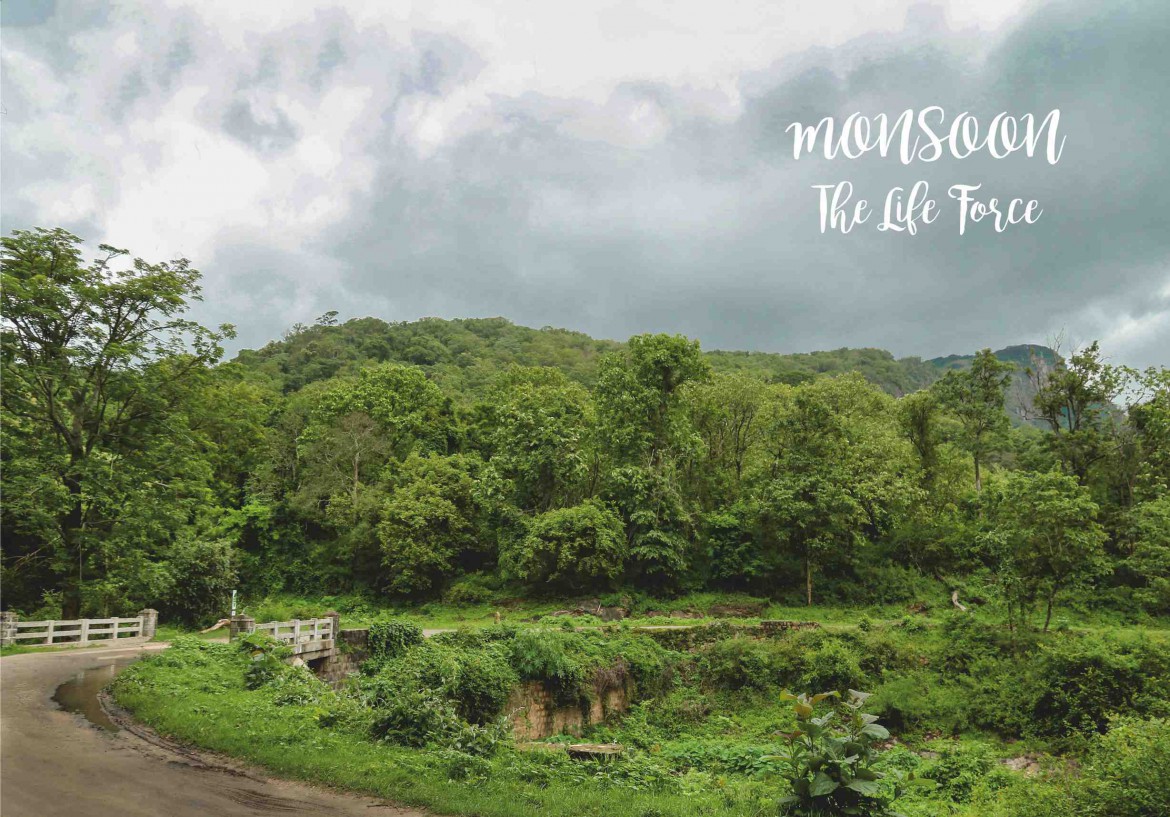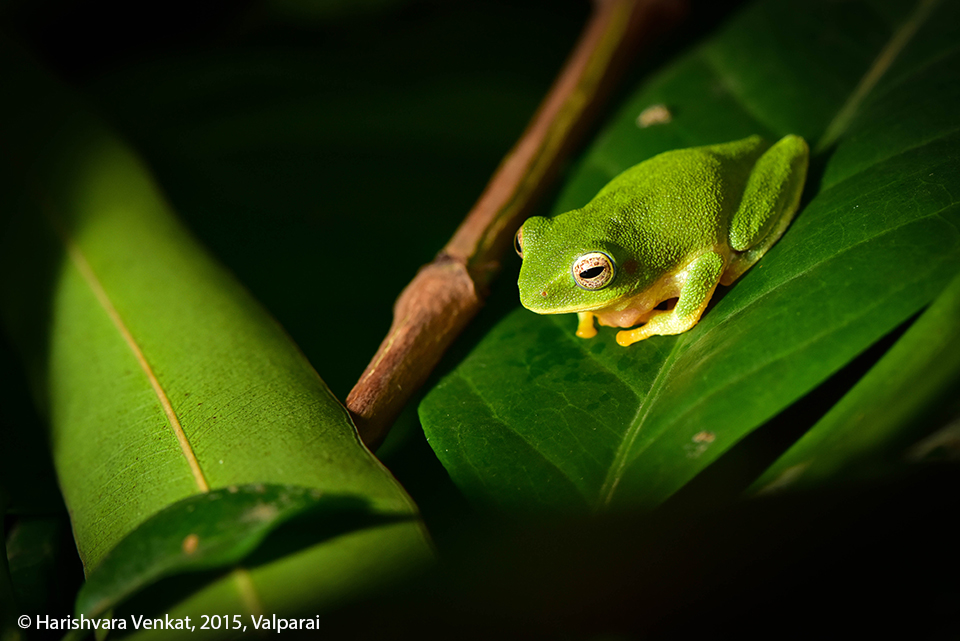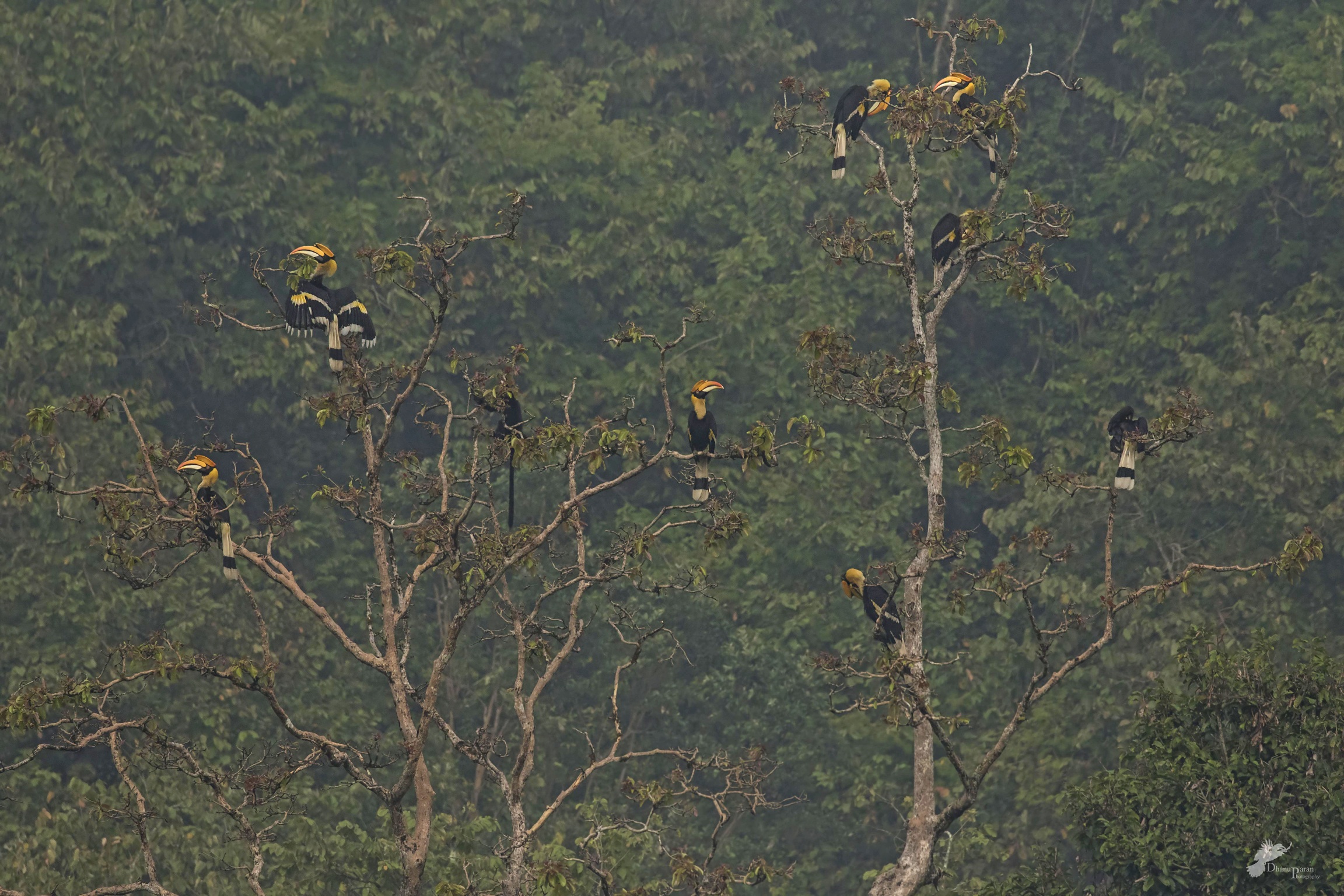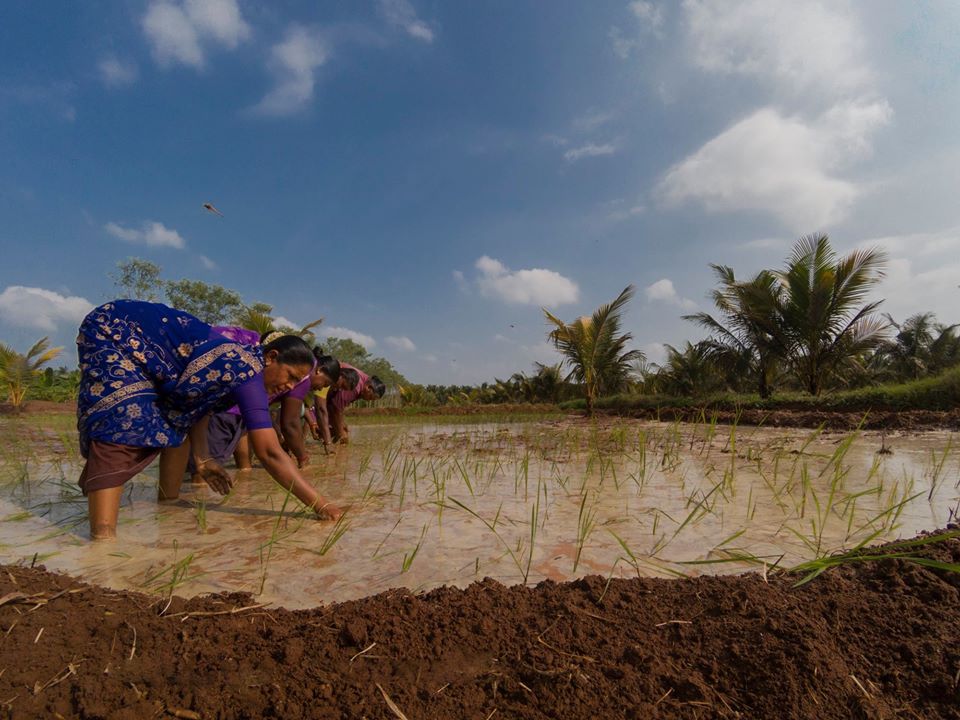Monsoon – it is that magical time of the year when the rain clouds cast their spell over the bio-diverse, rich forests of the Anamalais. The wait for monsoon is so overpowering that when it does finally arrive, we often completely forget what it was that made us ache for the rains in the first place. And we unleash the child within us and enjoy the first drops of rain. We put our hands out of the window to catch that first drop and also enjoy the petrichor!
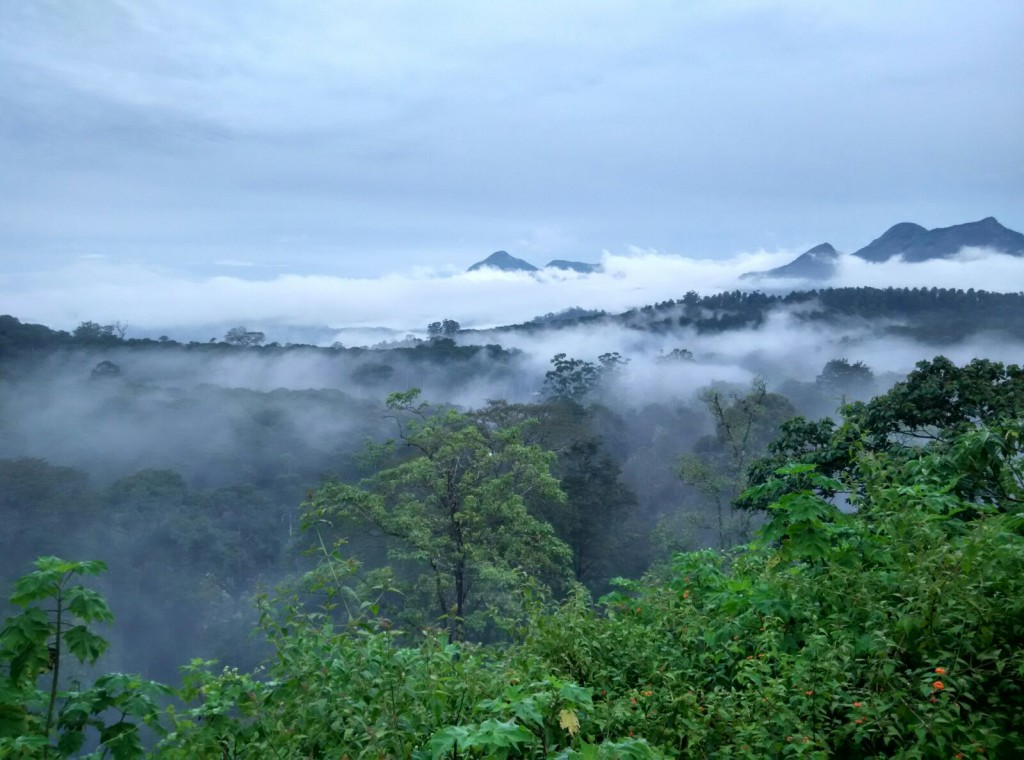
The word monsoon immediately brings to our mind images of rain, a dry landscape turning green and in general a renewal of life- a time of plenty. Just like us, many organisms out there have been waiting for the monsoon rains too. When the opportunity finally presents itself, they capitalize on the glut that monsoon brings with it. They busy themselves feeding, breeding and ensuring that the next generation gets a head start to take on the challenges that they may face. This also means that there is plenty of action all around during this period. Even in our midst, in the cities, one can see birds actively indulging in courting, scouting for nesting sites, etc.

Several insects use the favourable conditions to quickly breed. Butterflies, as do other insects, also try to find their mates – subsequently, the females will look for the right host plant to lay eggs on. Now, with the monsoon giving a fresh impetus to the plants, there is plenty of leaf matter for the caterpillars to feed on.
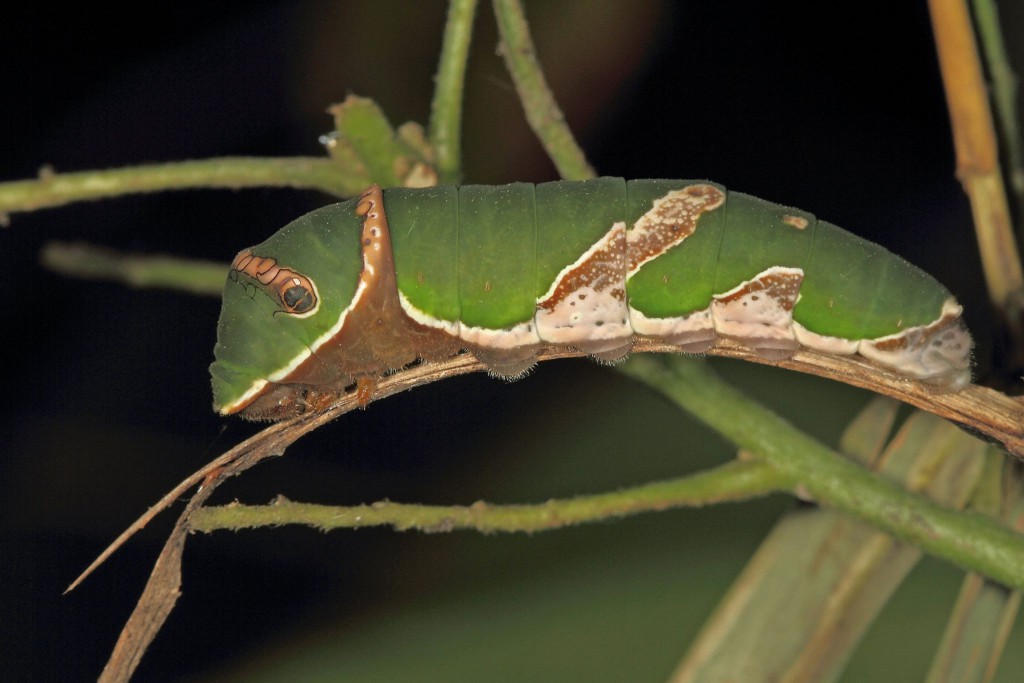
If you let your ears be receptive to your environment, one of the first things that you notice would probably be the din created by frogs.
As the first rains settle in, suddenly frogs and toads seem to come out of nowhere. The sound can be deafening particularly if you are in the vicinity of a water body. Even the little roadside puddle would have a resident frog or a toad and water bodies are covered with eggs.
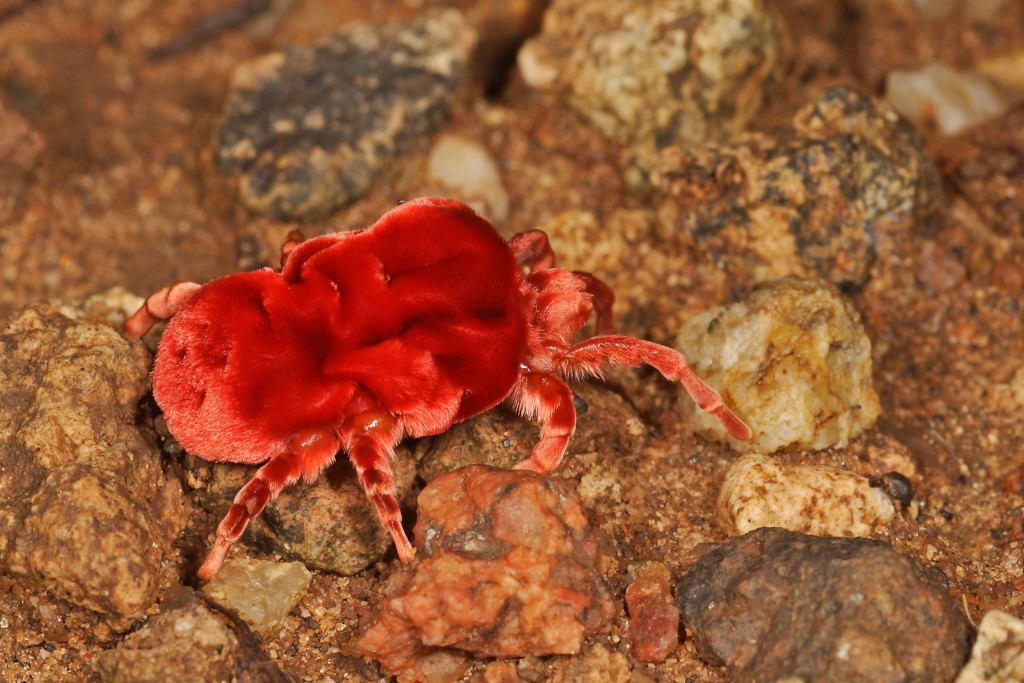
Roughly around this time is when termites get into a breeding frenzy. Fertile termites that were waiting for this opportune moment pour out of the mound and take to air and look for potential mates. A whole array of organisms make the most of this short-lived bounty. From birds to frogs, lizards to praying mantis, all of them gorge themselves on the winged termites.
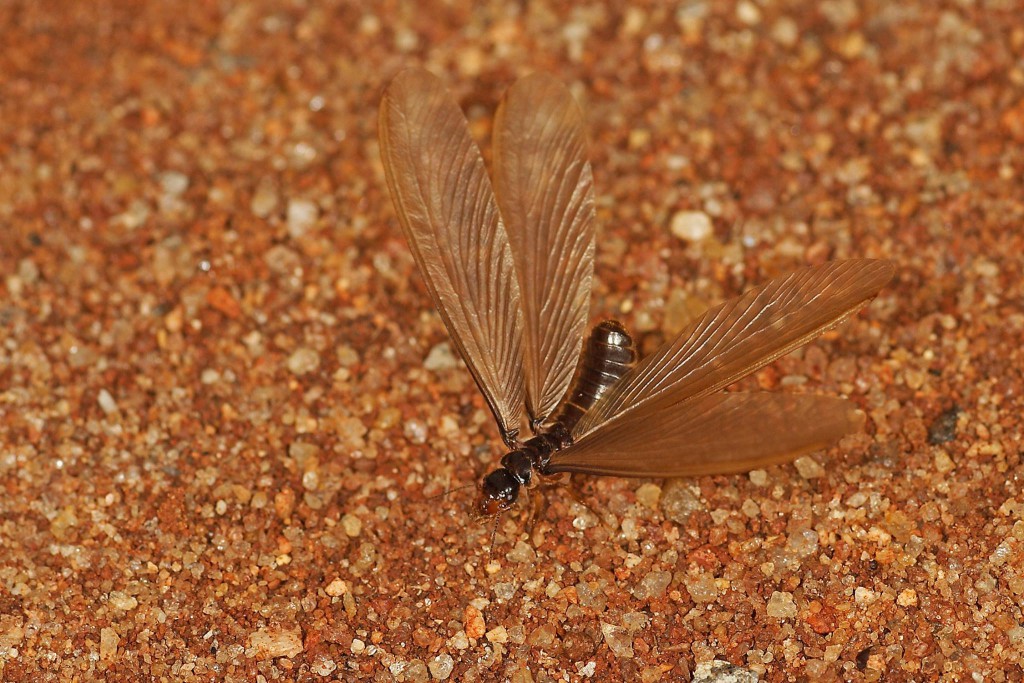
These are but a few examples of what monsoon can do to the landscape around us. Some are very noticeable while it takes a little effort to see others. However, once we learn to keep our senses receptive to changes happening in our environment, we will observe and learn more.

